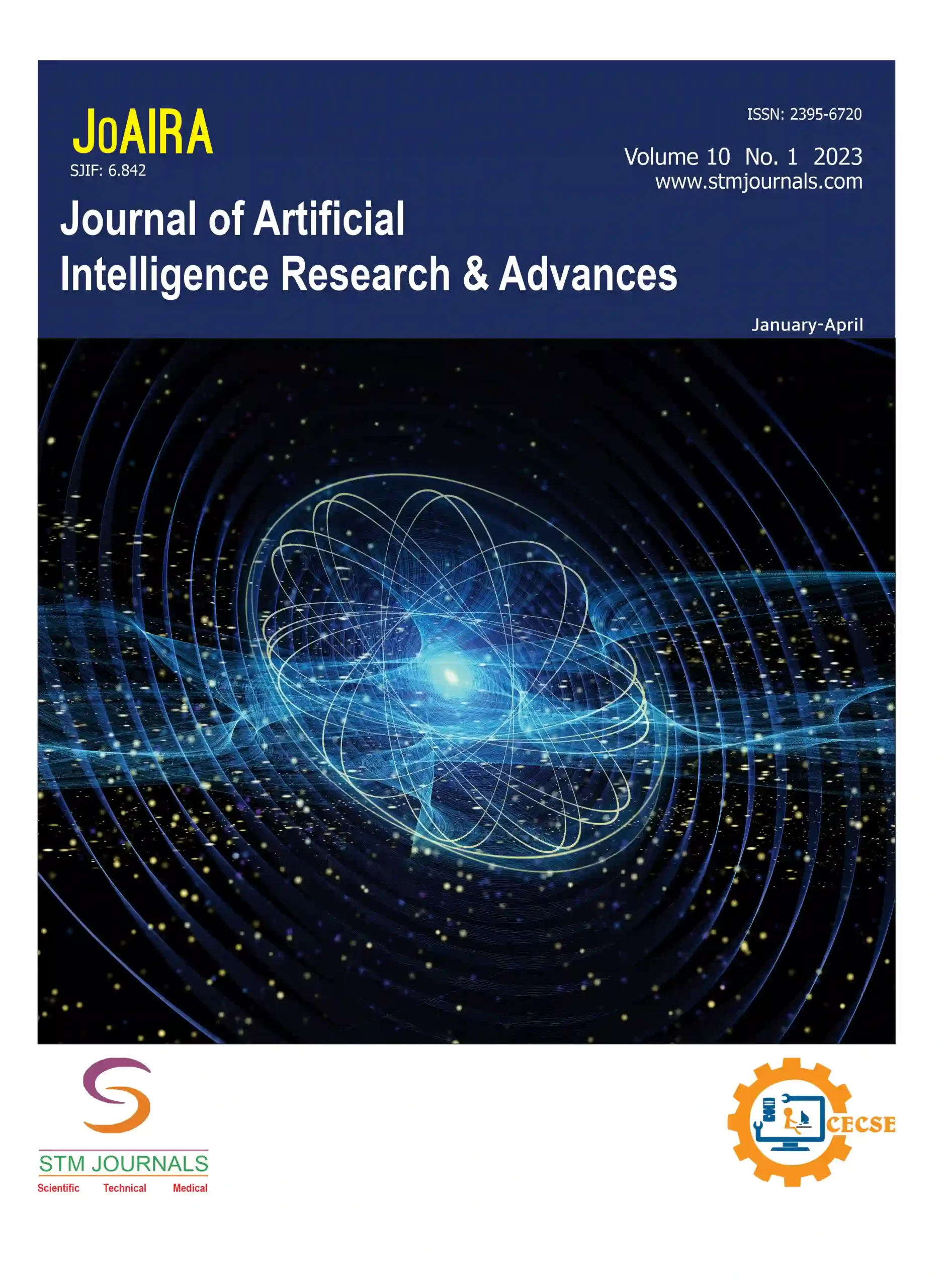
Qutaiba Ibrahim
- Professor, Department of Computer Engineering, University of Mosul, Mosul, Iraq
Abstract
Traditional wired sensor networks for building environmental monitoring often face challenges related to scalability, cost, and resilience. This paper introduces a novel concept called the Green Environmental Monitoring Network (Green EMN), tailored specifically for campus environments. The objective of this study is to propose a self-powered wireless network solution that utilizes strategically deployed wireless sensor nodes within buildings for environmental data collection, while integrating advanced security measures and sustainable power management strategies. The Green EMN utilizes wireless sensor nodes deployed within buildings, transmitting data to gateway nodes equipped with the Embedded Cooperative Hybrid Intrusion Detection System (ECHIDS) for enhanced security. Sustainable power management techniques such as energy-efficient nodes, energy harvesting, and duty cycling are incorporated to ensure long-term operation. The proposed Green EMN offers significant advantages over traditional wired networks, including scalability, cost-effectiveness, resilience, and seamless integration with existing campus infrastructure. The innovative ECHIDS security system provides comprehensive threat protection against cyberattacks. By promoting a secure and sustainable monitoring environment, the Green EMN can greatly enhance environmental monitoring capabilities in campus buildings, fostering a healthier and more sustainable learning environment for students and faculty.
Keywords: Environmental monitoring, wireless sensor networks, campus buildings, self-powered network, energy harvesting, duty cycling, sustainable infrastructure, data analytics, real-time monitoring, Intrusion Detection System, Network security.
[This article belongs to Journal of Artificial Intelligence Research & Advances(joaira)]
References
- Energy Efficiency Law and Plan, Ministry of Energy. Available online: https://energia.gob.cl/ley-y-plan-de-eficiencia-energetica (accessed on 10 June 2022).
- Tushar, W.; Wijerathne, N.; Li, W.-T.; Yuen, C.; Poor, H.V.; Saha, T.K.; Wood, K.L. IoT for Green Building Management. arXiv 2018, arXiv:1805.10635.
- Nugur, A.; Pipattanasomporn, M.; Kuzlu, M.; Rahman, S. Design and Development of an IoT Gateway for Smart Building Applications. IEEE Internet Things J. 2019, 6, 9020–9029. [CrossRef]
- Alsuhli, G.; Khattab, A. A Fog-based IoT Platform for Smart Buildings. In Proceedings of the 2019 International Conference on Innovative Trends in Computer Engineering (ITCE), Aswan, Egypt, 2–4 February 2019; pp. 174–179.
- Eltamaly, A.M.; Alotaibi, M.A.; Alolah, A.I.; Ahmed, M.A. IoT-Based Hybrid Renewable Energy System for Smart Campus. Sustainability 2021, 13, 8555. [CrossRef]
- Jia, M.; Komeily, A.; Wang, Y.; Srinivasan, R.S. Adopting Internet of Things for the development of smart buildings: A review of enabling technologies and applications. Autom. Constr. 2019, 101, 111–126. [CrossRef]
- Vijayan, D.S.; Rose, A.L.; Arvindan, S.; Revathy, J.; Amuthadevi, C. Automation systems in smart buildings: A review. J. Ambient Intell. Humaniz. Comput. 2020, 1–13. [CrossRef]
- Zhang, X.; Pipattanasomporn, M.; Chen, T.; Rahman, S. An IoT-Based Thermal Model Learning Framework for Smart Buildings. IEEE Internet Things J. 2020, 7, 518–527. [CrossRef]
- Singh, S.; Roy, A.; Selvan, M.P. Smart Load Node for Nonsmart Load Under Smart Grid Paradigm: A New Home Energy Management System. IEEE Consum. Electron. Mag. 2019, 8, 22–27. [CrossRef]
- Saleem, Y.; Crespi, N.; Rehmani, M.H.; Copeland, R. Internet of Things-Aided Smart Grid: Technologies, Architectures, Applications, Prototypes, and Future Research Directions. IEEE Access 2019, 7, 62962–63003. [CrossRef]
- Abir, S.M.A.A.; Anwar, A.; Choi, J.; Kayes, A.S.M. IoT-Enabled Smart Energy Grid: Applications and Challenges. IEEE Access 2021, 9, 50961–50981. [CrossRef]
- Shakerighadi, B.; Anvari-Moghaddam, A.; Vasquez, J.; Guerrero, J. Internet of Things for Modern Energy Systems: State-of-the-Art, Challenges, and Open Issues. Energies 2018, 11, 1252. [CrossRef]
- Wu, Y.; Wu, Y.; Guerrero, J.; Vasquez, J.; Palacios-García, E.; Guan, Y. IoT-enabled Microgrid for Intelligent Energy-aware Buildings: A Novel Hierarchical Self-consumption Scheme with Renewables.
- Electronics 2020, 9, 550. [CrossRef]
- Choi, J.S. A Hierarchical Distributed Energy Management Agent Framework for Smart Homes, Grids, and Cities. IEEE Commun. Mag. 2019, 57, 113–119. [CrossRef]
- Ali Q. I., “Realization of a Robust Fog-Based Green VANET Infrastructure,” in IEEE Systems Journal, vol. 17, no. 2, pp. 2465-2476, June 2023, doi: 10.1109/JSYST.2022.3215845.
- Ali,Q. I., “Solar Powered SCADA Infrastructure Serving Different Smart Grid Applications”, JJEE Journal, Vol.2, No.1, 2016.
- Qaddoori S., Ali Q.I. ‘An Efficient Security Model for Industrial Internet of Things (IIoT) System Based on Machine Learning Principles’, Al-Rafidain Engineering Journal (AREJ), 28(1), pp. 329-340. 2023, doi: 10.33899/rengj.2022.134932.1191
- Ibrahim Ali , Q. (2023). Enhancing and Securing Telemedicine Services in Disaster Recovery Operations with Sustainable Communication Infrastructure and Blockchain Technology. International Transactions on Electrical Engineering and Computer Science, 2(4), 139–154.

Journal of Artificial Intelligence Research & Advances
| Volume | 11 |
| Issue | 01 |
| Received | March 13, 2024 |
| Accepted | March 14, 2024 |
| Published | April 5, 2024 |

